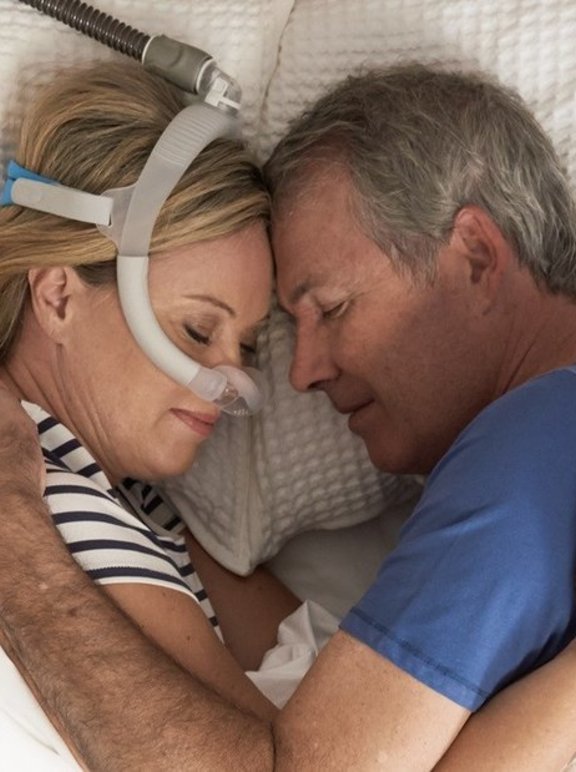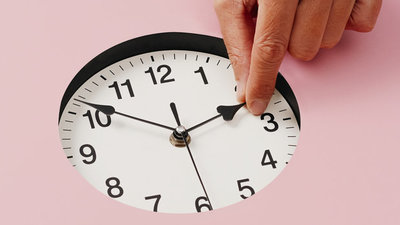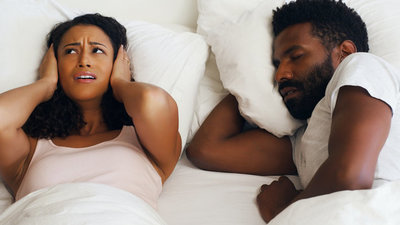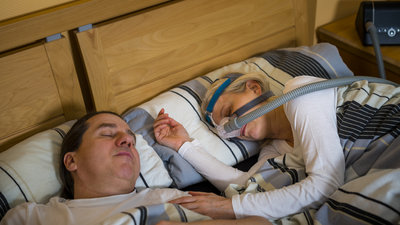Do You Have Sleep Apnea? Why Sleep Apnea In Women is Not Getting Diagnosed.
Published on March 05, 2024
4 minutes
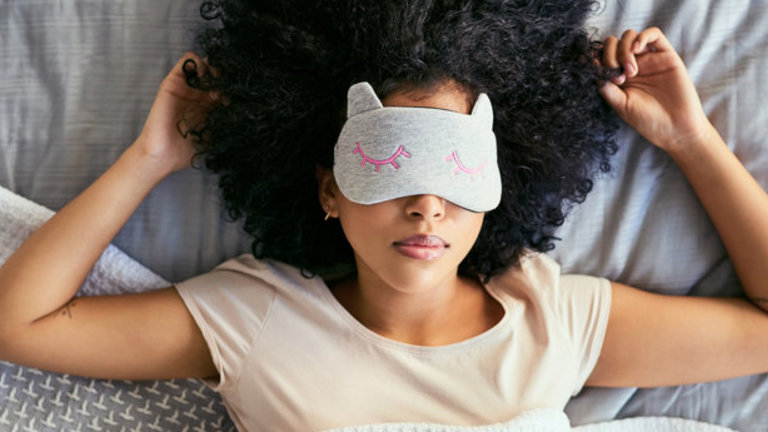
Obstructive sleep apnea is a sleep-related breathing disorder that occurs when your airway becomes obstructed during sleep - often due to collapsed throat muscles or your tongue flipping back onto the airway and impeding air flow.
Each time this happens, your brain subconsciously awakens you to open the airway so you can take a breath, which is a signal for your respiratory system to kick back into gear. You often don’t remember awakening in the morning, but the cycle repeats throughout the night and prevents your mind and body from getting the rest needed to function. About 1 in 5 adults are at risk of sleep apnea.1
Do women get sleep apnea?
Most people imagine typical sleep apnea sufferers as middle-aged men with a heavy build and a roaring snore. While age, gender, weight and neck circumference all increase the chance of having sleep apnea, these parameters don’t fully capture the entire population of impacted people.
Earlier studies have shown a lopsided ratio of men to women diagnosed with obstructive sleep apnea (about 8 or 9 ratio of men to women). However, we know from studies in the general population that the actual ratio is probably closer to 2 or 3 men for every woman with sleep apnea.2
Why are women less diagnosed with sleep apnea than men?
If women are half as likely to have sleep apnea as men, but are diagnosed and treated for it only an eighth of the time, it means that women are greatly underdiagnosed. Why?
It’s possible that less “typical” symptoms such as depression, insomnia and anxiety cause women or healthcare professionals to misdiagnose sleep apnea in women.
The hallmark symptoms of snoring, witnessed apneas, weight and falling asleep during the day might be less common in women with mild sleep apnea than in men with the same level of the condition, further making sleep apnea in women less obvious. While women do experience daytime sleepiness, it is possible that they have a different threshold for feeling sleepy, or altogether complain differently about being sleepy than men.3
Research has also documented sex differences in the upper airway, fat distribution and respiratory stability in obstructive sleep apnea. Hormones are implicated in some gender-related variations, with differences between men and women in the prevalence of obstructive sleep apnea decreasing as age increases.
Women may often be misdiagnosed with conditions other than sleep apnea, such as:
- Anemia
- Cardiac or pulmonary illnesses
- Depression
- Diabetes
- Fatigue from overwork
- Fibromyalgia
- Hypertension
- Hypochondria
- Hypothyroidism
- Insomnia
- Menopausal changes
- Obesity
Is sleep apnea dangerous for women?
As with men, women with untreated sleep apnea can be at a higher risk of developing chronic conditions such as high blood pressure, stroke, type 2 diabetes, metabolic syndrome and depression.
Growing evidence suggests that even mild sleep apnea should be treated, as it’s associated with daytime impairment, difficulty concentrating and completing tasks, poor psychomotor performance and an overall reduced quality of life.
Common sleep apnea symptoms in women are:
- Daytime fatigue or lack of energy despite getting an adequate amount of sleep (usually 7-8 hours)
- Unrefreshing sleep
- Insomnia
- Obesity
- Snoring
- Depression
- Anxiety or moodiness
- Dry mouth upon awakening
- Morning headaches
- Breathing pauses (apneas) or choking sounds while asleep
- Frequent awakenings for urination or from gasping
- Post-menopause
- High blood pressure that’s difficult to control despite medication
CPAP is the most effective treatment for women with sleep apnea
In women with moderate or severe obstructive sleep apnea, 3 months of CPAP therapy improved quality of life, mood state, anxiety and depressive symptoms, and daytime sleepiness compared with conservative treatment.
A personalized CPAP treatment that takes into account physiological and comfort differences that women experience, benefits women with sleep apnea.
Contact us if you think you have sleep apnea. We will help you plan the treatment so you can get the sleep you deserve.
For more information on sleep apnea and sleep apnea treatment, check out our blogs VitalAire Sleep Talk™: Sleep Apnea Explained and Ask an expert: about sleep apnea & snoring.
References:
Young, Terry, et al. “Epidemiology of Obstructive Sleep Apnea A Population Health Perspective.” American Journal of Respiratory and Critical Care Medicine, 1 May 2002, www.atsjournals.org/doi/full/10.1164/rccm.2109080.
“Women & Sleep Apnea.” National Sleep Foundation, www.sleepfoundation.org/articles/women-and-sleep-apnea.
Alison Wimms, Holger Woehrle, Sahisha Ketheeswaran, Dinesh Ramanan, and Jeffery Armitstead, “Obstructive Sleep Apnea in Women: Specific Issues and Interventions,” BioMed Research International, vol. 2016, Article ID 1764837, 9 pages, 2016. https://doi.org/10.1155/2016/1764837.
https://doi.org/10.1155/2016/1764837.
